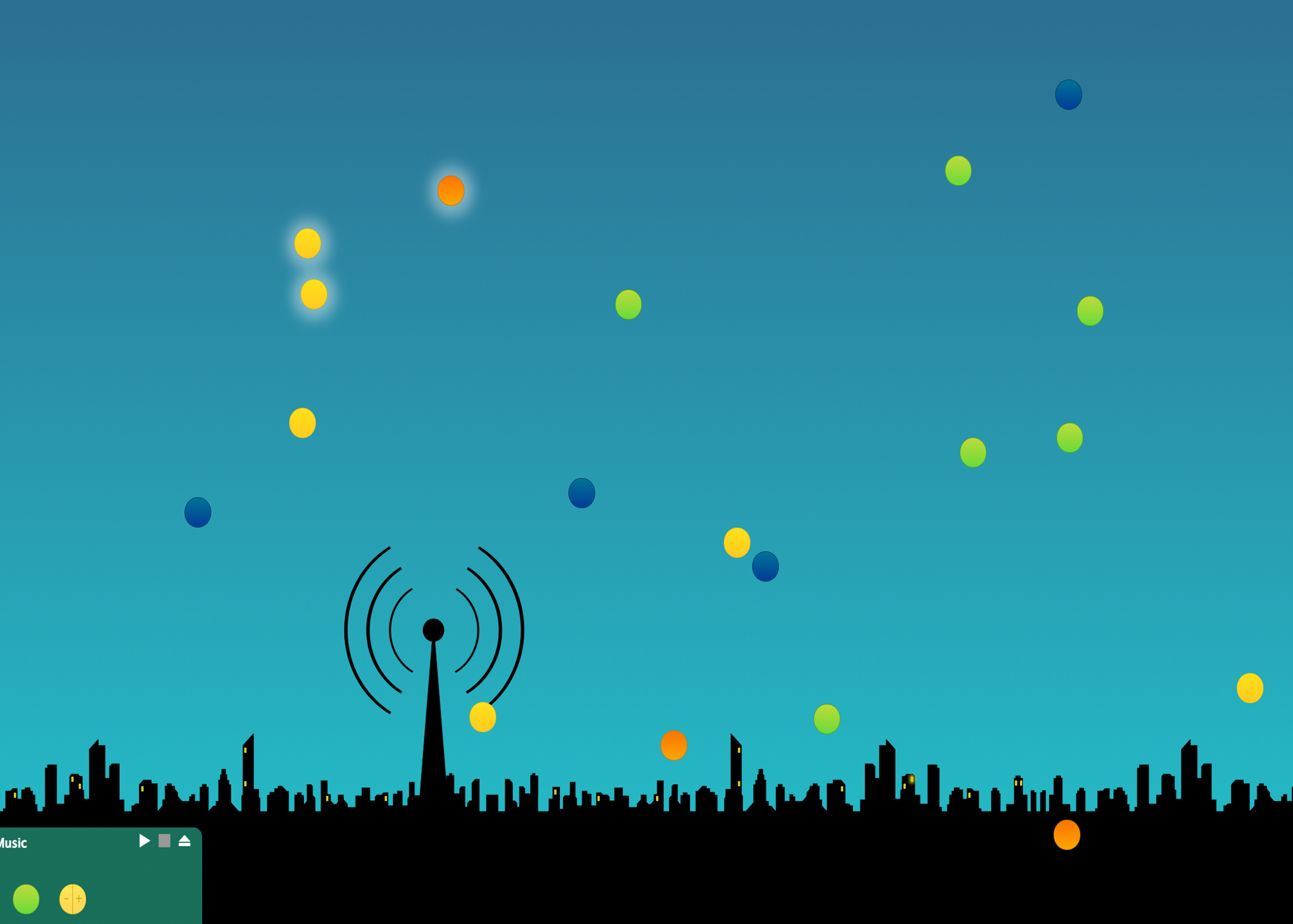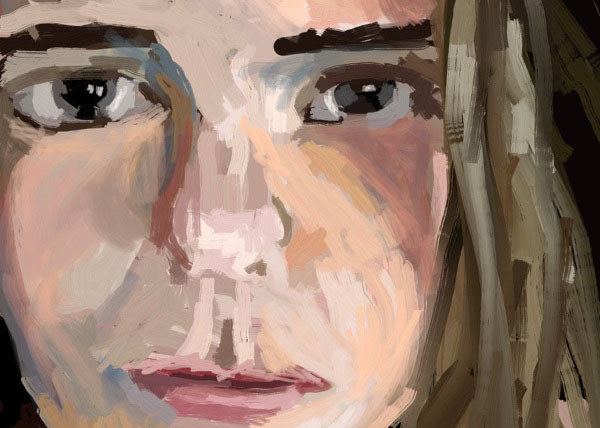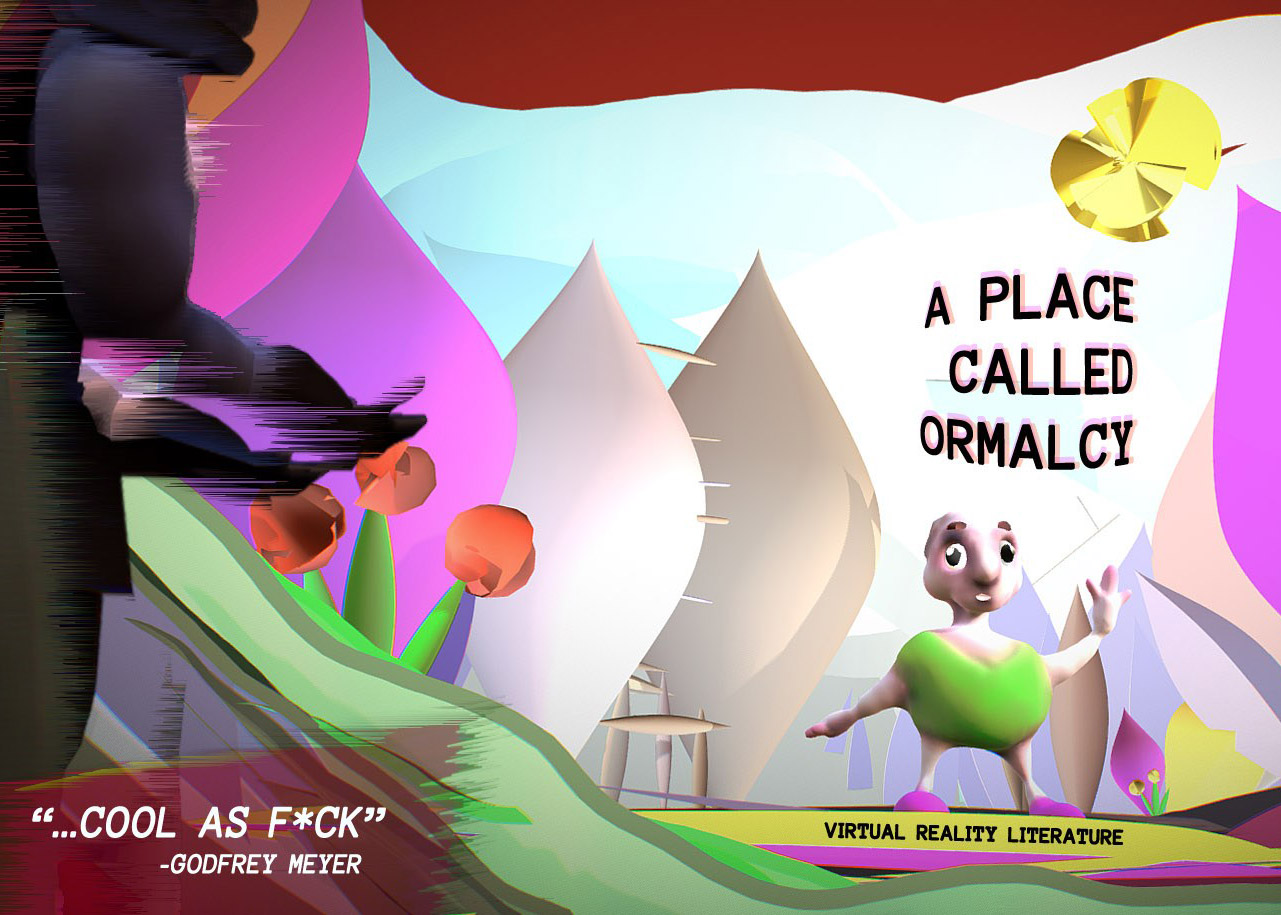

Sound Spheres John Barber & Greg Philbrook Sound Spheres is a web-based work designed for desktop or laptop experience that engages computational digital media and storytelling techne to provide an interface through which participants can select multiple sonic elements to create linked, interactive sound-based narratives. The intent of this work is to experiment with creating and listening to hypertext sound narratives, where the sound files, rather than traditional textual links, are the basis for a creative hypertext work of storytelling.

Those Trojan Girls Mark Bernstein Those Trojan Girls is a hypertext narrative built on the Storyspace platform that recalls the work of Euripides’ tragedy, The Trojan Women, setting the location and time at a boarding school in some future period called the Occupation. Six months have passed since the start of the Occupation, and everything is fairly normal, considering. East House has been converted into a Security barracks, the Librarian’s house is a stop on the Underground Railroad, and no one knows exactly what happened to the Polly Xena, who was supposed to be head girl. Cassie tells people she knows the tragic truth, but of course she’s say that.

A Place Called Ormalcy Mez Breeze A Place Called Ormalcy is digital literature designed for, and developed in, Virtual Reality. It’s comprised of a text-based story made up of seven short Chapters which are housed in 3D/Virtual Reality environments. It can be accessed via a wide range (crucial in terms of its social commentary aspect) of mobile devices, desktop PCs and both low-end and high-end Virtual Reality hardware. Audiences using the cheapest type of VR equipment are able to access complete versions of this VR literature experience, as are users of any net connected mobile device with a WebVR-enabled browser.
V[R]ignettes: A VR Microstories Series Mez Breeze Originally titled A Million and Two, V[R]ignettes is a series comprised of Virtual Reality crafted microstories. Each individual microstory, or vignette, is designed to encourage a kind of “narrative smearing” – where traditional story techniques are truncated and mutated into “smears” (kinetic actions and mechanics/collage-like layered building blocks/visual distortions/two-tiered text annotations) which requires a reader to make active choices in order to navigate each microstory space (storybox).

fred:-) Serge Bouchardon“fred :-)” is an interactive work of fiction for smartphones. In this application, the smartphone speaks to the user as if he or she were its « friend », hoping to start a relationship. The experience relies on a smartphone’s many sensors (touchscreen, front-facing camera, microphone, accelerometer, gyroscope). Through a series of interactions, “fred :-)” enables us to become aware of the constraints and possibilities of our smartphone and makes us reflect on the relationship we have with this device.
Training to Be King When You Blown It Once Already: a short novel on the crime(s) of usurpation J-B-W-E-L-L 'Training to Be King When You Blown It Once Already’ is a short hypertext novel on the crime(s) of usurpation. It tells the story of a prince, cruelly addicted to self-control, who is forced to become the patient of an eminent professor of Software Neurology. The prince is told this is to cure him of his addiction, but the professor suspects the real reason is she must kill the prince, must hack him from the royal line for good. Hack, hack, hack, HACK.
The Yellow Bowl II Judy Malloy The Yellow Bowl II -- http://www.judymalloy.net/yellow_bowl/ -- is a 2019 JavaScript/HTML5/CSS transmediation of a 1992 work written in BASIC. First presented at the groundbreaking 1992 MLA panel "Hypertext, Hypermedia: Defining a Fictional Form", TYB consists of intersecting narratives that explore how writers distort experience into fiction and specifically how Grace, a highway engineer -- separated from her husband -- expresses separation in magic realism-infused tales of journeys and arrivals. In a three-column structure, the Helen/Clara narratives flow down the sides in sequential animated text, In the center, Grace's memories are randomly produced with generative hypertext.
We Knew The Glass Man John G. McDaid “We Knew The Glass Man" is a text-based Twine interactive fiction comprising some three dozen lexia arranged in multiple strands within which the fictive world extends or negates itself depending on the pathways the reader follows. It was published in the University of Wisconsin Cream City Review and its online companion I/O, which provide a space for experimental works that intersect with earlier digital fictions. This story picks up themes and characters from my 1993 novel "Uncle Buddy's Phantom Funhouse.”
GRAMMATRON Mark Amerika The GRAMMATRON project is a "public domain narrative environment". The project consists of over over 1100 text spaces, 2000 links, 40+ minutes of original soundtrack delivered via Real Audio 3.0, unique hyperlink structures by way of specially-coded Javascripts, a virtual gallery featuring scores of animated and still life images, and more storyworld development than any other narrative created exclusively for the Web. A story about cyberspace, Cabala mysticism, digicash paracurrencies and the evolution of virtual sex in a society afraid to go outside and get in touch with its own nature, GRAMMATRON depicts a near-future world where stories are no longer conceived for book production but are instead created for a more immersive networked-narrative environment that, taking place on the Net, calls into question how a narrative is composed, published and distributed in the age of digital dissemination.